Get your practice and clients ready for MTD for IT
April 2026 marks the first phase of MTD for IT. From this date, self employed and landlord clients with qualified income over £50,000 will need to follow MTD for IT rules. As their advisor, clients will look to you for help using HMRC-recognised software, digital record keeping, and online returns.
.png)
Timeline – April 2026 onwards
Clients with qualified income over £50,000 must use MTD software by April 2026, and be aware of the rules.
Three size thresholds for clients
After 2026, be ready to onboard clients earning over £30,000 by April 2027, and £20,000 by April 2028.
Digital records and quarterly updates
Clients following MTD rules must use HMRC-recognised software for digital records and quarterly updates.
MTD for IT: Core requirements
The biggest change your practice and clients will face is the shift away from a single, annual Self Assessment return, towards more frequent submissions. Also, you and your clients must use MTD Income Tax software to keep records and make submissions. Key requirements include:
- Maintaining accurate digital records of income and expenditure throughout the year
- Quarterly updates containing income and expenditure information
- A single, annual Final Declaration confirming submissions are complete and accurate, and any other income
- Maintaining proper digital links between software systems and HMRC
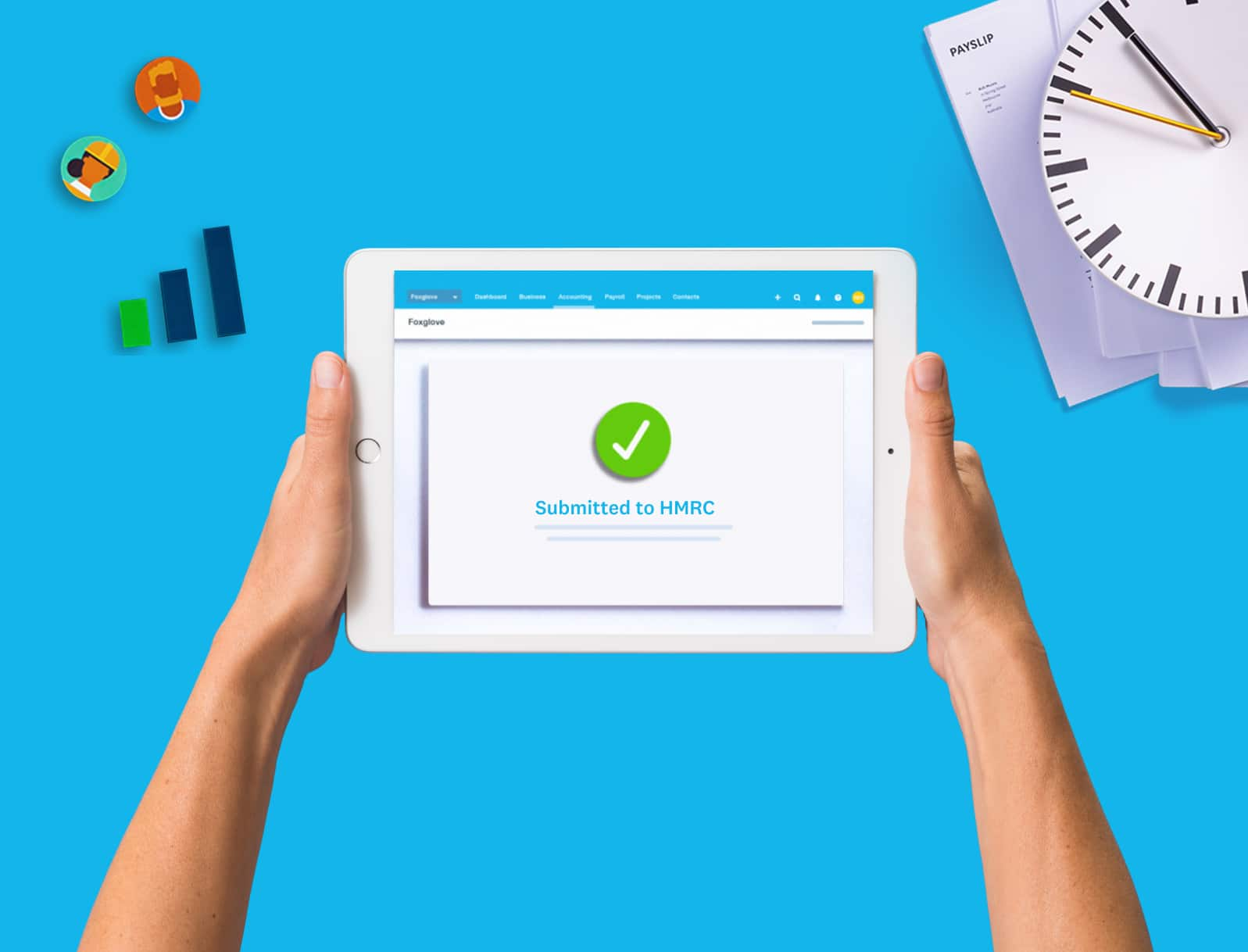
Prepare your practice
Preparing your practice and clients starts with understanding MTD requirements yourself. Once you’re clear on the rules, help your clients get started with digital record keeping, and encourage them to build a regular bookkeeping habit to make quarterly updates more manageable. You should also:
- Identify which clients need to follow MTD rules and when, and create a prioritised list for onboarding
- Select HMRC-recognised software that goes beyond compliance, with digital invoicing and receipt capture tools
- Educate your team and clients on the requirements and how to keep digital records of income and expenses
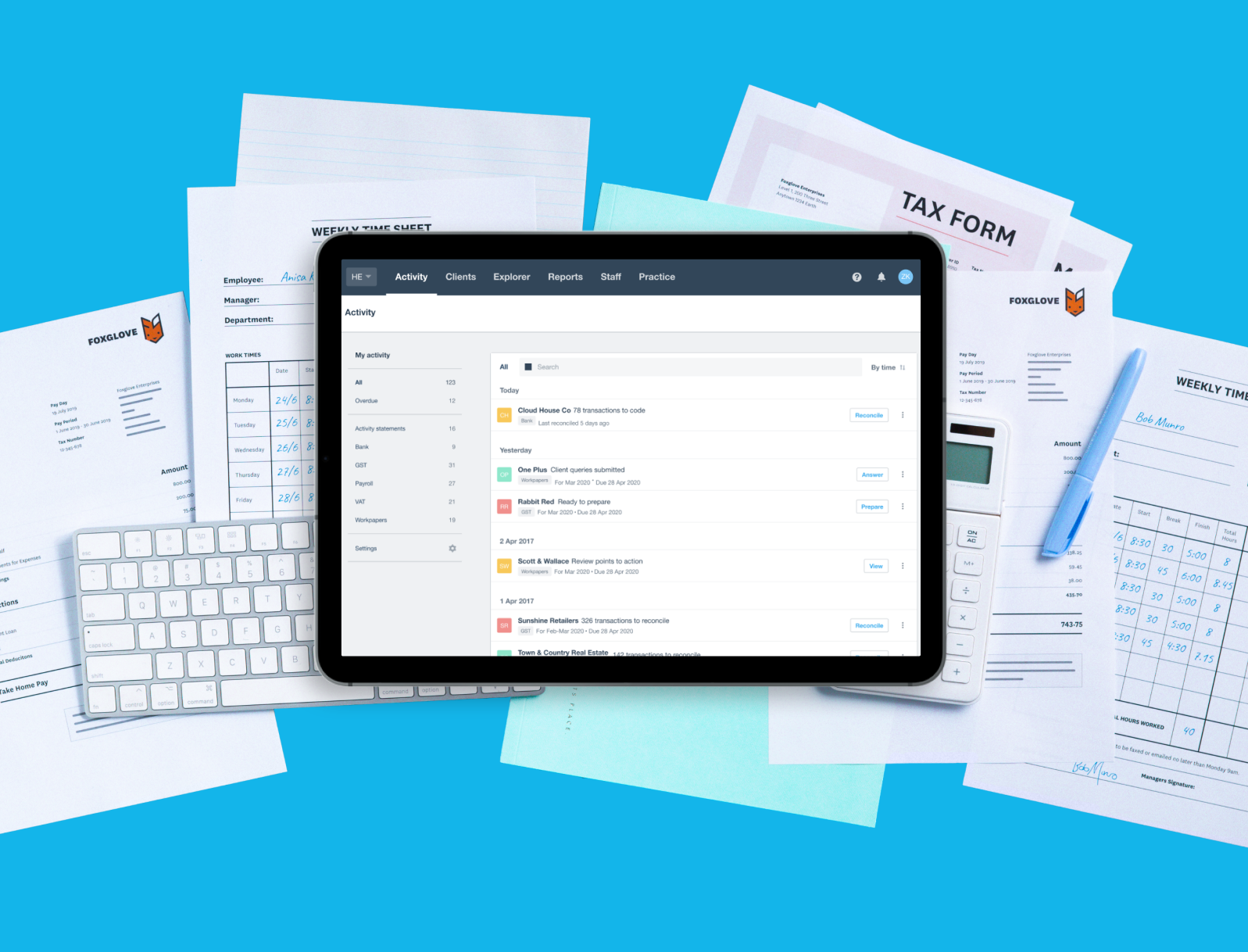
How to sign clients up for MTD for IT
Your clients can sign up for MTD for IT themselves, or you can do it for them online via a HMRC Agent Services Account (ASA) – providing you have their permission. You’ll need a few details about your client and their income sources to sign them up. Also, make sure:
- You and your client have MTD Income Tax software in place
- You have a HMRC Agent Services Account, and you have your client’s authorisation. You only need one ASA to manage all of your clients
- If you have existing client authorisation in your online services account, move this authorisation to your ASA

Which clients will be impacted by MTD for IT?
MTD rules apply to sole traders and landlords from April 2026. Some clients can sign up voluntarily, so if you have clients who are confident with accounting software for Making Tax Digital, encourage them to register early. You can check if a client is exempt online.
- The thresholds are: £50,000 from April 2026, £30,000 from April 2027, and £20,000 from April 2028
- Self employed people and landlords with qualifying income over £50,000 must be signed up for MTD for IT by April 2026
- Trusts, estates, and non-residential companies are exempt from MTD for IT – though this could change
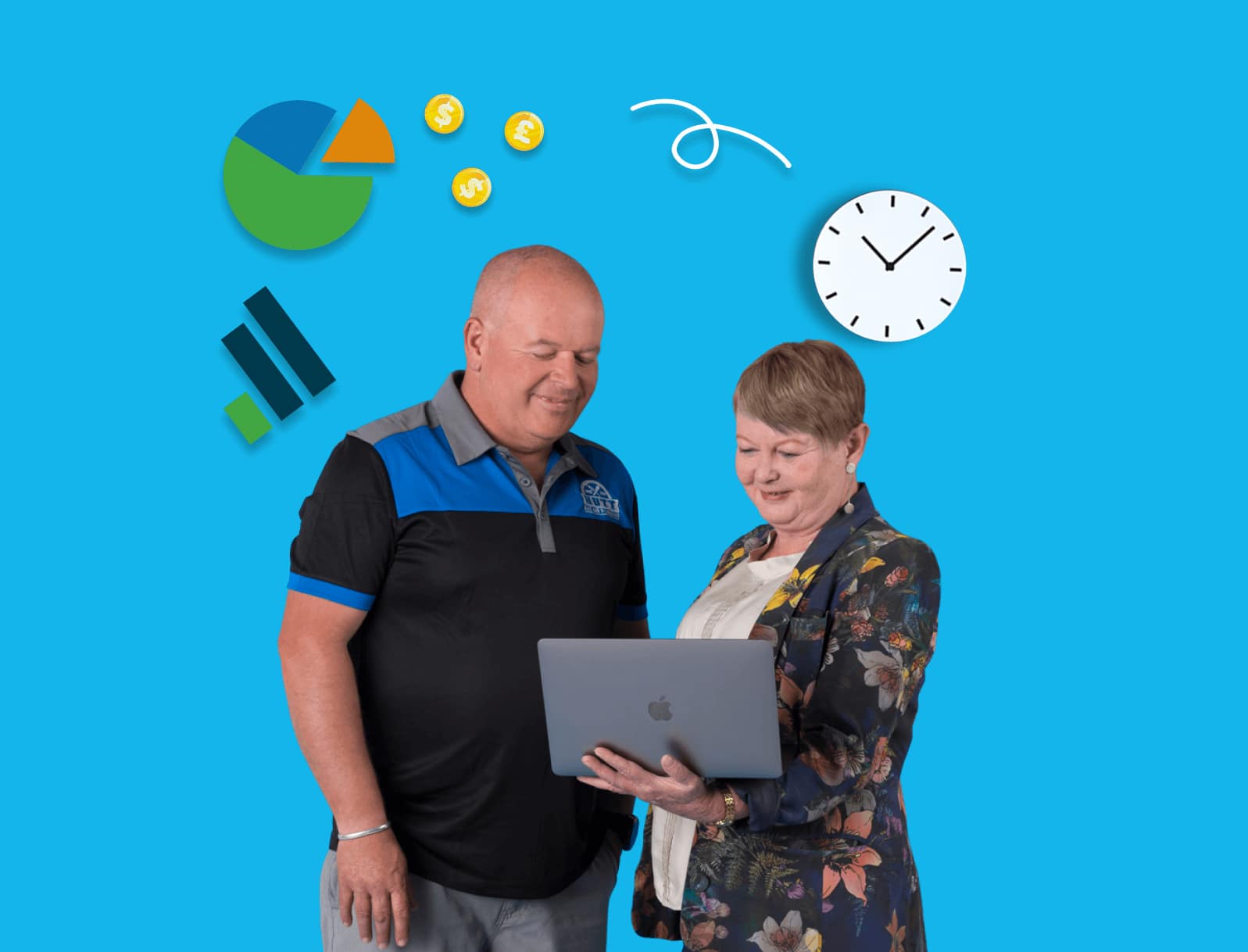
Why MTD for IT can be great for your practice
For accountants, Making Tax Digital may seem like a burden. But getting your clients on digital software could actually improve your practice; increasing accuracy and collaboration, and strengthening your relationships. MTD can transform your practice by:
- Giving you more room for advisory services, since compliance tasks can be automated by software
- Reducing the chance of error, thanks to digital systems that reduce manual data entry
- Increasing collaboration with clients, using cloud-based software
- Enabling you to support clients proactively, using data driven insights, forecasts, and reports in software
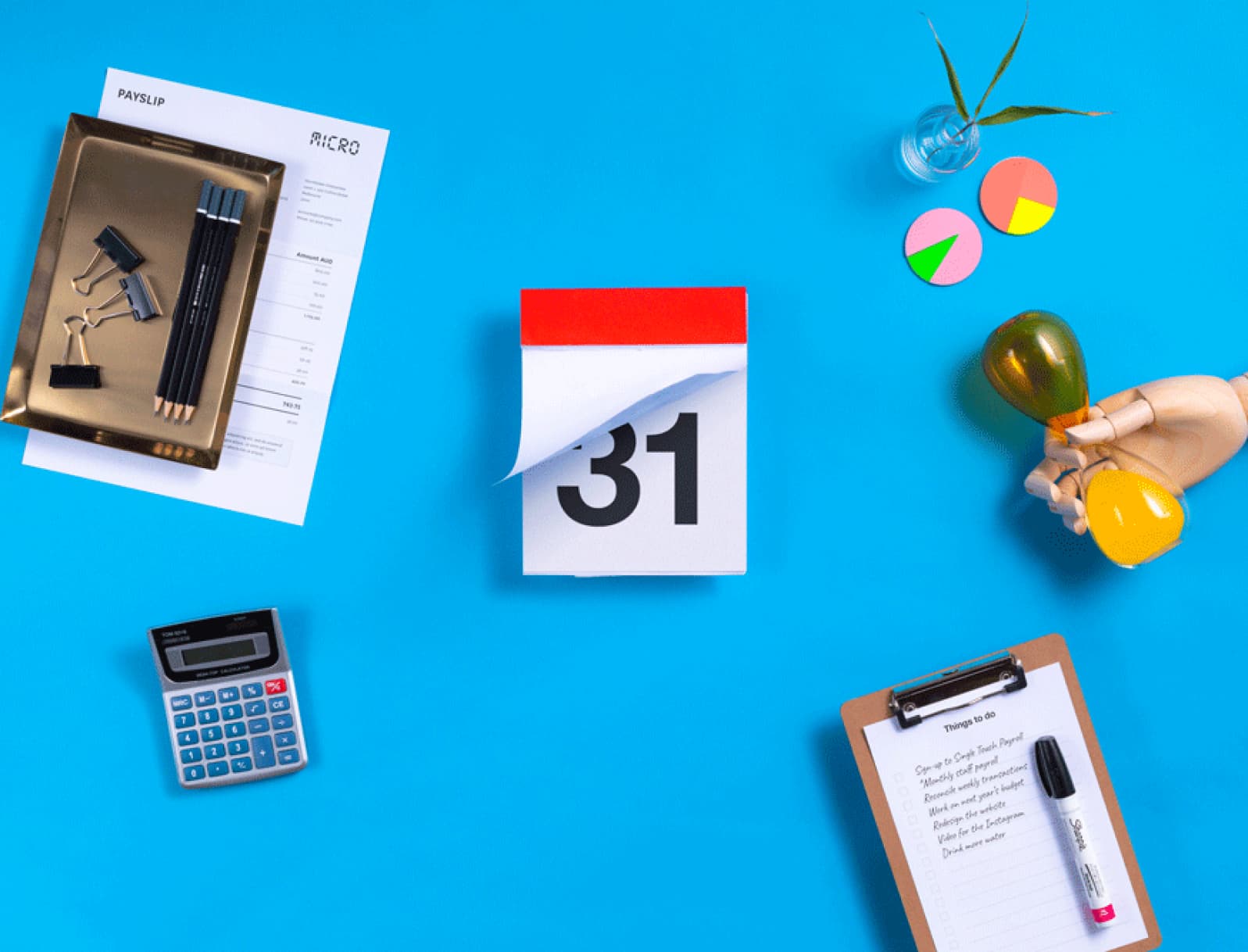
Make compliance less of a headache, with Xero
Xero takes the pain of compliance away, by automating data entry and auto-populating draft tax returns with clients’ financial records. Clients also get a real-time view of the tax due after each submission. Plus, reporting and forecasting features enable you to offer clients proactive advice.
- Easily submit MTD-compliant returns online
- Keep digital records in one secure place, ensuring compliance with HMRC
- Gain confidence in client numbers with Xero’s other features
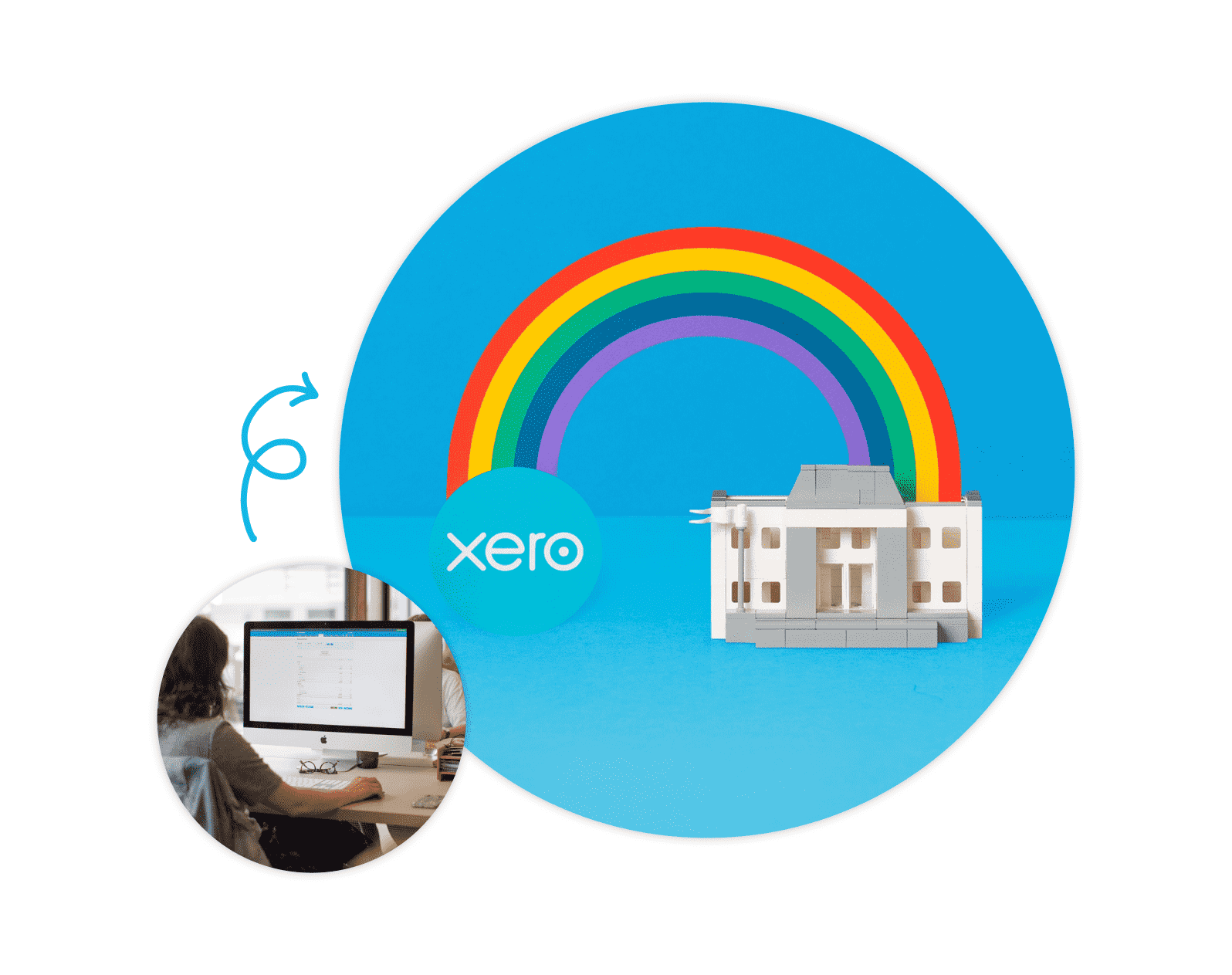
Everything you need to prepare your practice
MTD for IT accountant preparation starts here. Check out our resources for the 2026 MTD updates and beyond.
Accountant and bookkeeper resource hub
Everything you need to know about MTD, from timelines to what to include in quarterly updates.
Managing the 2026/27 tax season
The first year of MTD for IT is nearly here. Find out how to balance multiple tax systems and client needs.
MTD action plan for your practice
Time to get practical. Use our action plan to tackle MTD for IT confidently, and bring your team up to speed.
FAQs on Making Tax Digital for Income Tax for accountants and clients
HMRC counts income from self-employment and property towards the MTD for IT thresholds. This is known as ‘qualifying income’, and where clients have multiple businesses, all income is combined to work out whether they meet the threshold. For example, if a plumber earning £42,000 through business also makes £10,000 in rental income, this takes them over the £50,000 threshold for MTD for IT. Other income, like savings interest and dividends, does not count towards this threshold.
HMRC counts income from self-employment and property towards the MTD for IT thresholds. This is known as ‘qualifying income’, and where clients have multiple businesses, all income is combined to work out whether they meet the threshold. For example, if a plumber earning £42,000 through business also makes £10,000 in rental income, this takes them over the £50,000 threshold for MTD for IT. Other income, like savings interest and dividends, does not count towards this threshold.
Yes, but they’ll still need extra software to comply with MTD for IT rules. Spreadsheet data must be connected to HMRC via bridging software. This ensures there’s a digital link in place, which is a key MTD requirement. Using accounting software can be easier, because all compliance tasks can be taken care of with a single system, instead of switching between tools. Plus, modern accounting software comes with extra features that help growing businesses with their finances.
Learn more about bridging software and MTDYes, but they’ll still need extra software to comply with MTD for IT rules. Spreadsheet data must be connected to HMRC via bridging software. This ensures there’s a digital link in place, which is a key MTD requirement. Using accounting software can be easier, because all compliance tasks can be taken care of with a single system, instead of switching between tools. Plus, modern accounting software comes with extra features that help growing businesses with their finances.
Learn more about bridging software and MTDYes – you can manage multiple clients with cloud-based accounting software like Xero. So, whether you’re working with 10 clients or 1000 clients, you can use the same features and processes in Xero.
Yes – you can manage multiple clients with cloud-based accounting software like Xero. So, whether you’re working with 10 clients or 1000 clients, you can use the same features and processes in Xero.
There’s a penalty points system in place for MTD. The system is designed so that genuine mistakes aren’t penalised. If your client misses a deadline, they receive a penalty point. Depending on the submissions frequency and tax type, there are a certain number of points your client can accumulate before they receive a £200 fine. Be sure to check HMRC guidance for the penalty points thresholds for Income Tax.
Check the penalty points thresholdsThere’s a penalty points system in place for MTD. The system is designed so that genuine mistakes aren’t penalised. If your client misses a deadline, they receive a penalty point. Depending on the submissions frequency and tax type, there are a certain number of points your client can accumulate before they receive a £200 fine. Be sure to check HMRC guidance for the penalty points thresholds for Income Tax.
Check the penalty points thresholdsYes, Xero is compliant with Making Tax Digital for Income Tax. Xero is also HMRC-recognised, and trusted by millions.
Check out Xero’s MTD softwareYes, Xero is compliant with Making Tax Digital for Income Tax. Xero is also HMRC-recognised, and trusted by millions.
Check out Xero’s MTD software
Disclaimer
Xero does not provide accounting, tax, business or legal advice. This guide has been provided for information purposes only. You should consult your own professional advisors for advice directly relating to your business or before taking action in relation to any of the content provided.
Become a Xero partner
Join the Xero community of accountants and bookkeepers. Collaborate with your peers, support your clients and boost your practice.